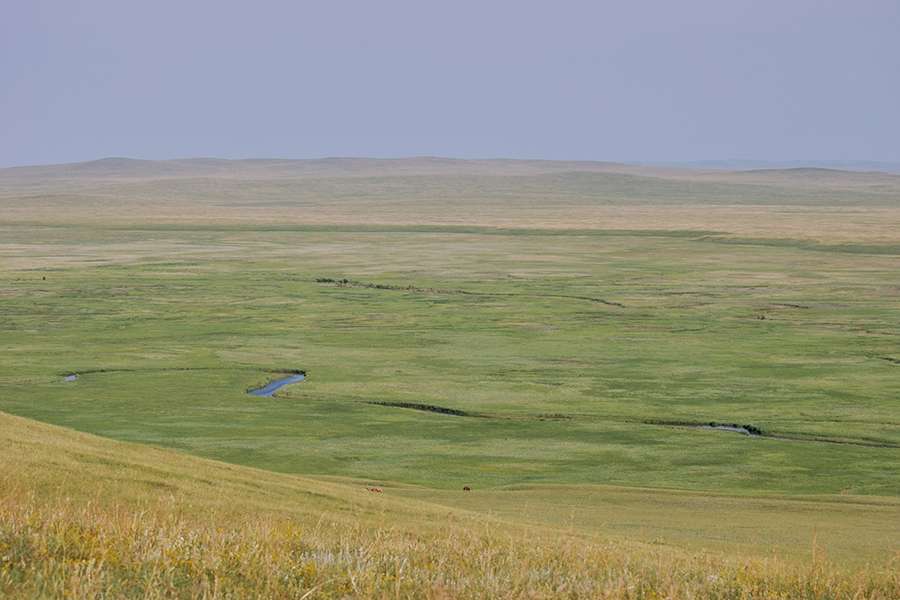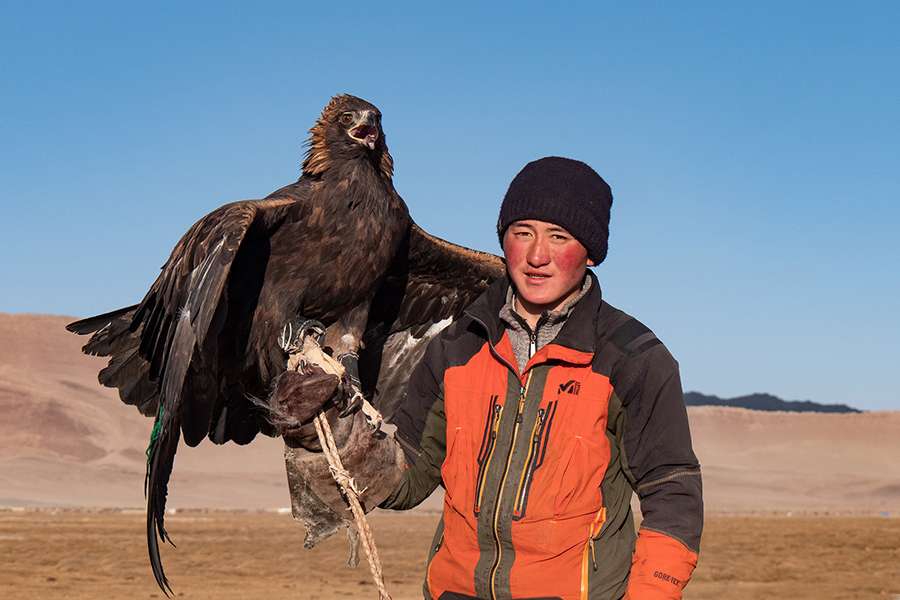Mongolia is a country known for its rich cultural and natural heritage. It is home to several UNESCO World Heritage Sites that showcase the country’s unique history and breathtaking landscapes.
The UNESCO World Heritage Sites in Mongolia include the Orkhon Valley Cultural Landscape, Great Burkhan Khaldun Mountain, and Petroglyphic Complexes of the Mongolian Altai,…
Orkhon Valley Cultural Landscape
The Orkhon Valley Cultural Landscape is a UNESCO World Heritage Site located in Mongolia on July 4, 2004. This site is recognized for its outstanding universal value, representing the evolution of nomadic pastoral traditions spanning more than two millennia. It is known for its stunning natural beauty and rich cultural significance. The Orkhon Valley is home to numerous archaeological remains, ancient rock art, and the ruins of the capital city of the Mongol Empire, Karakorum. Visitors can explore historical monuments, nomadic herding traditions, and the picturesque landscapes of the Orkhon River and surrounding mountains. It is a must-visit destination for history and nature enthusiasts.
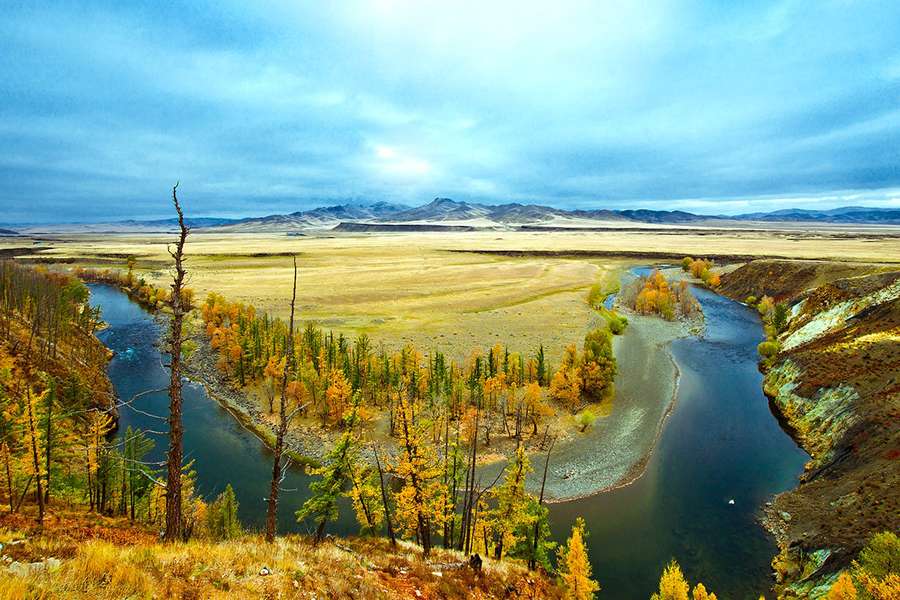
What makes the Orkhon Valley Cultural Landscape a unique and significant site?
The Orkhon Valley Cultural Landscape in Mongolia is a unique and significant site for several reasons:
Historical and Cultural Significance: The Orkhon Valley was the center of the Mongol Empire in the 13th and 14th centuries, making it an important location in world history. It was the capital of the Uighur Empire before that and has been inhabited for over 2,500 years. The valley is home to numerous archaeological remains, including ancient tombs, monasteries, and other cultural artifacts.
Natural Beauty: The Orkhon Valley is known for its stunning natural landscapes. It is characterized by vast grasslands, meandering rivers, and rolling hills. The combination of the natural scenery with the archaeological sites creates a unique and visually captivating landscape.
Nomadic Lifestyle: The Orkhon Valley is still home to traditional nomadic herders who live in harmony with nature. The area provides a glimpse into the traditional Mongolian way of life, where people rely on their herds for sustenance and move with the seasons.
UNESCO World Heritage Site: The Orkhon Valley Cultural Landscape was inscribed as a UNESCO World Heritage Site in 2004. It was recognized for its outstanding universal value and its importance in representing the nomadic pastoral civilization of Central Asia.
Preservation Efforts: The designation as a World Heritage Site has helped to raise awareness about the importance of preserving the Orkhon Valley Cultural Landscape. Conservation efforts have been undertaken to protect the archaeological sites, promote sustainable tourism, and safeguard the traditional way of life of the local communities.
The Orkhon Valley Cultural Landscape is a unique and significant site due to its historical, cultural, and natural importance. It offers a glimpse into Mongolia’s rich past and traditional way of life, making it a must-visit destination for those interested in history, archaeology, and cultural heritage.
Great Burkhan Khaldun Mountain in Mongolia
The Great Burkhan Khaldun Mountain is a sacred mountain in Mongolia that is considered the birthplace of Genghis Khan, the founder and first Great Khan of the Mongol Empire.
How was the Great Burkhan Khaldun Mountain recognized as a UNESCO World Heritage Site?
The Great Burkhan Khaldun Mountain, also known as the Burkhan Khaldun Mountain, is a sacred mountain located in Mongolia. It was recognized as a UNESCO World Heritage Site in 2015.
The mountain holds significant cultural and religious importance to the people of Mongolia, particularly as it is believed to be the birthplace of Genghis Khan, the founder of the Mongol Empire. The site is considered a symbol of national identity and is deeply revered by the Mongolian people.
To be recognized as a UNESCO World Heritage Site, a location must meet specific criteria set by the United Nations Educational, Scientific and Cultural Organization (UNESCO). These criteria include representing a masterpiece of human creative genius, exhibiting an important interchange of human values, and bearing a unique or exceptional testimony to a cultural tradition or civilization.
The Great Burkhan Khaldun Mountain meets these criteria due to its historical and cultural significance, as well as its exceptional natural beauty. It is a sacred site where religious rituals and ceremonies have been conducted for centuries. The recognition as a UNESCO World Heritage Site helps preserve and protect this important cultural and natural heritage for future generations.
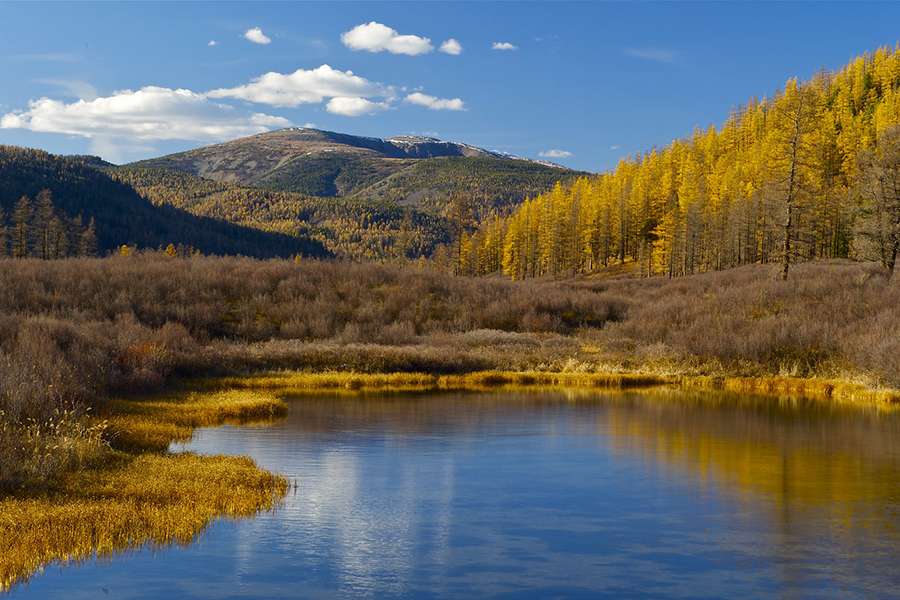
What is the significance of the Great Burkhan Khaldun Mountain to the Mongolian people?
The Great Burkhan Khaldun Mountain holds a significant place in the history and culture of Mongolia. It is considered to be a sacred mountain and is believed to be the birthplace of Genghis Khan, the founder of the Mongol Empire. The mountain is also believed to be the site where Genghis Khan was granted the title of “universal ruler” by the Mongol tribes.
In addition to its cultural significance, the Great Burkhan Khaldun Mountain is also an important ecological site, home to a diverse range of flora and fauna. It was designated as a UNESCO World Heritage Site in 2015, recognizing its cultural and natural significance.
Petroglyphic Complexes of the Mongolian Altai
The Petroglyphic Complexes of the Mongolian Altai are a remarkable cultural and historical treasure. These rock carvings, found in the Altai Mountains of Mongolia, depict various scenes of ancient life, including hunting, animal herding, and religious rituals. They provide valuable insights into the prehistoric cultures that once thrived in the region. The Petroglyphic Complexes are a testament to the rich heritage of Mongolia and are worth exploring for anyone interested in archaeology and ancient civilizations.
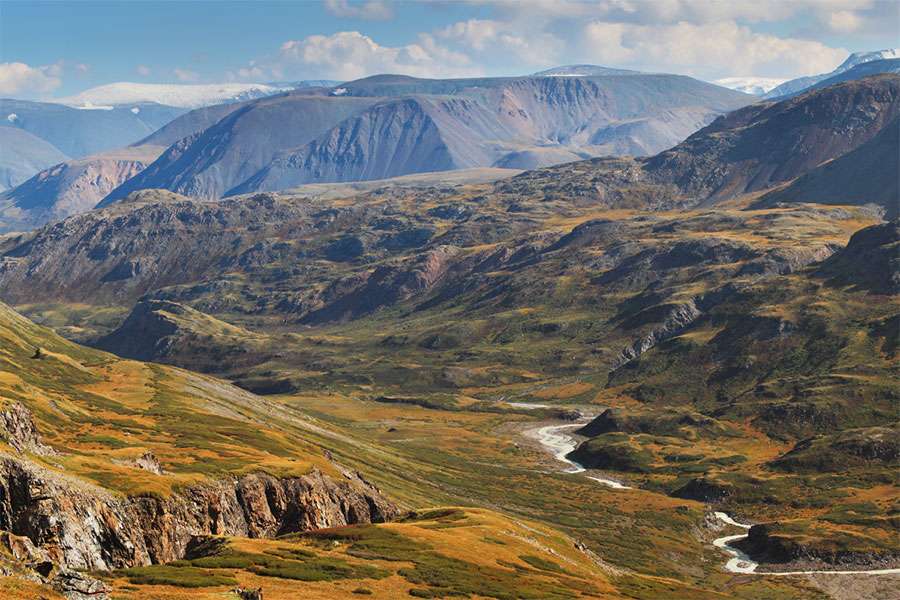
How many Petroglyphic Complexes are there in the Mongolian Altai Mountains?
There are three Petroglyphic Complexes in the Mongolian Altai Mountains that have been recognized as UNESCO World Heritage Sites. These complexes include Tsagaan Salaa, Tsagaan Agui, and Del Uul. These sites are known for their ancient rock carvings, which provide valuable insights into the history and culture of the region.
Uvs Nuur Basinolian Altai in Mongolia
The Uvs Nuur Basin in Mongolia is home to two UNESCO World Heritage sites: the Uvs Nuur Basin itself and the Great Burkhan Khaldun Mountain. The Uvs Nuur Basin is a large endorheic basin located in the western part of Mongolia and the eastern part of Russia. It is a UNESCO World Heritage Site and one of the largest freshwater basins in Central Asia. The basin includes several lakes, including Uvs Nuur Lake, which is the largest lake in Mongolia and the third-largest lake in Central Asia. The Uvs Nuur Basin is an important habitat for a variety of rare and endangered species, including the snow leopard, argali sheep, and Siberian ibex. It is also home to several unique plant species and is considered a critical area for biodiversity conservation.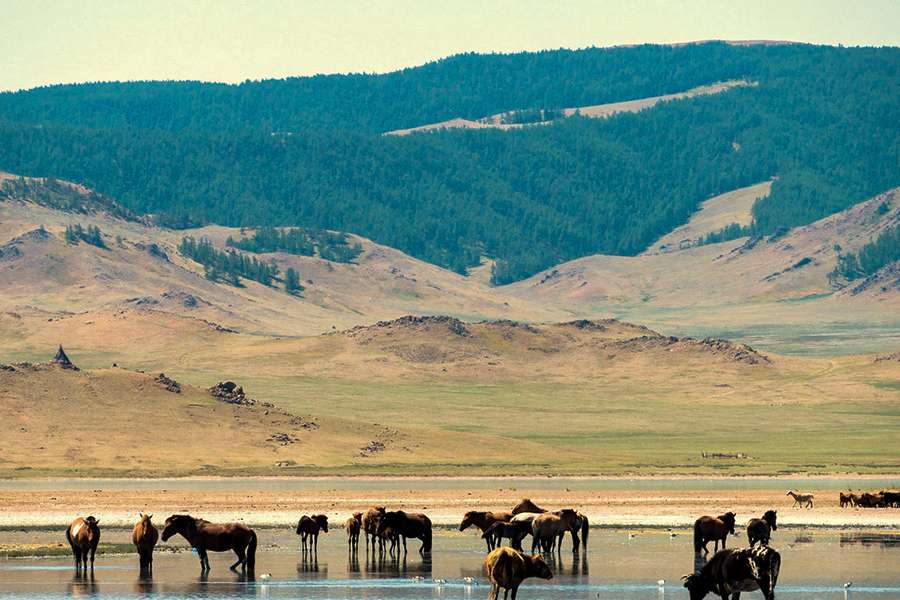
How big is the Uvs Nuur Basin?
The Uvs Nuur Basin is a significant natural site located in Mongolia. It is recognized as a UNESCO World Heritage Site and covers an area of approximately 1,068,853 hectares or 10,688.53 square kilometers. The basin is known for its unique and diverse ecosystems, including lakes, wetlands, and deserts, making it an important habitat for various plant and animal species.
Landscapes of Dauria in Mongolia
The Landscapes of Dauria in Mongolia are a UNESCO World Heritage Site that encompasses the Daurian steppe and forest-steppe ecoregions. It is known for its diverse and unique ecosystems, including grasslands, wetlands, and forests. However, it primarily focuses on the conservation of natural landscapes. As such, there are no cultural heritage sites included in the Landscapes of Dauria UNESCO World Heritage Site in Mongolia. The site is recognized for its outstanding biodiversity and unique ecosystems, which include grasslands, wetlands, and forests. It covers a total area of approximately 912,624 hectares.
These UNESCO World Heritage Sites in Mongolia offer visitors a unique opportunity to explore the country’s rich history, cultural traditions, and stunning natural landscapes. Each site provides a glimpse into Mongolia’s past and showcases its outstanding universal value.
